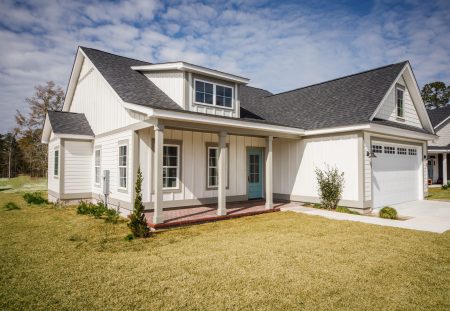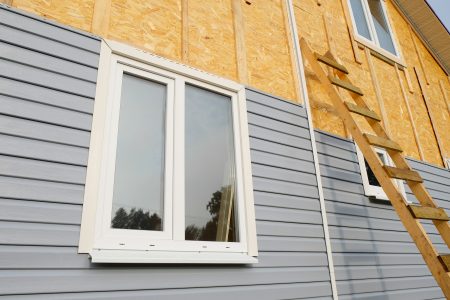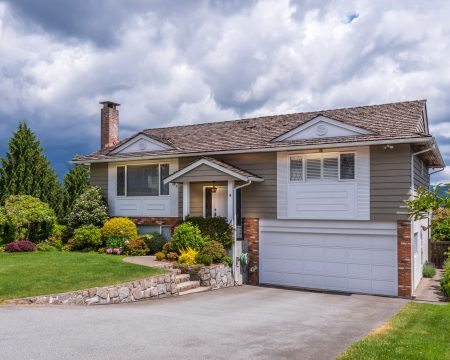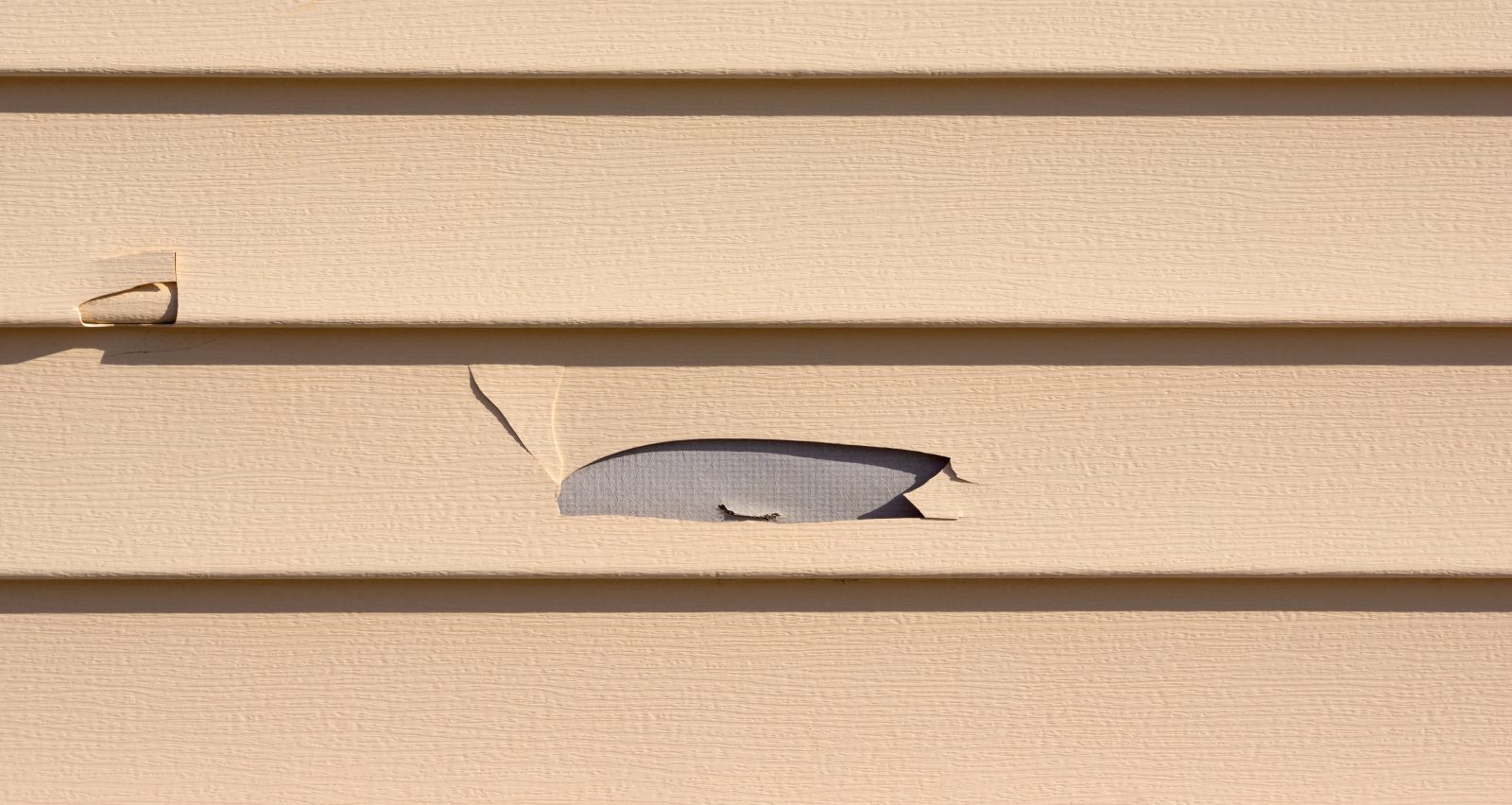Siding with Steve Kemper Builder
Severe weather happens, trust Steve Kemper Builder.
Our experienced project managers will walk with you through the restoration process to ensure you get your property restored effectively and efficiently. We cover everything from the shed in the backyard to the top of your home.
Why choose Steve Kemper Builder to help with my home’s exterior?
Trust Steve Kemper Builder to make sure your home’s exterior is restored back to it’s pre-storm condition. Schedule your free damage inspection today!
Our Process
It all starts with our free damage inspection. Once our expert Project Managers have assessed your home’s exterior:
- Your Project Manager will explain the construction process.
- We get materials delivered directly to your location.
- Our production staff get required permits, schedule material delivery and crews, and is available to ensure issues are handled promptly. Your project manager will be available and will stop by occasionally to make sure the project is running efficiently and to answer any questions you may have.
- After the project is complete we will inspect the work to ensure quality and satisfaction.
- Upon completion of all the aspects of your project, we will notify your insurance company to release any remaining funds. There are no out-of-pocket costs except your deductible and possibly any requested upgrades. The insurance claim process will ensure the project is funded correctly to get your property back to its pre-storm condition.












Your home’s exterior is all in the details.
When considering replacing your home’s siding, here are a few things to think about.
- Energy Efficiency –Check out the R-Value rating for energy savings as you review various types of installations and insulations.
- Water Resistance – You want to make sure you’re home stays watertight and at the same time water resistance can affect the lifespan of the product.
- Durability – Make sure the products can withstand the typical weather patterns for your area.
- Aesthetics – Exterior siding can create curb appeal and improve your home’s value. After all, your home is important and a valued investment.


What exactly happens to my siding during a severe weather event?
Did you know that wind and hail can damage most siding applications? Even brick can be damaged with a severe weather event. Unresolved siding damages can cause bigger problems down the road. Water damage, exposed layers, mold, and curb appeal are the main issues affecting home value and looks. Let us restore your home back to the condition it was in prior to the storm. After the storm passes, our experienced Project Managers will inspect your home at no charge. If there is damage, Steve Kemper Builder will work with your insurance company to help restore your home. Our team will walk with you during every aspect of the restoration process and have a wide range of siding options available for you to choose from.
Get your home restored and pay nothing more than your insurance claim amount and deductible after work is completed to your satisfaction.

After a severe weather event, you have a limited time to make an insurance claim. At Steve Kemper Builder, our team is standing by after severe weather to make sure that we get the restoration process started right away.
Did you know that insurance claim periods vary? Well, they do. Typically, there is a set amount of time a homeowner can make a claim after the damage occurs and, unfortunately, this time period can expire whether you were aware of the damage or not. Steve Kemper Builder has technology that helps pinpoint the location, size, and severity of a storm. We then communicate this information to the insurance company and get a storm date or “date of loss”. Some “major” national insurance companies only allow six months to file and claim and get projects completed.
Once leaks occur, the damage can be extensive. Potential damage from mold, electrical issues, ceiling and wall damage from water, and even personal property losses can create a headache for any homeowner. The damage can also come very quickly and often is not initially detected until it is too late.
